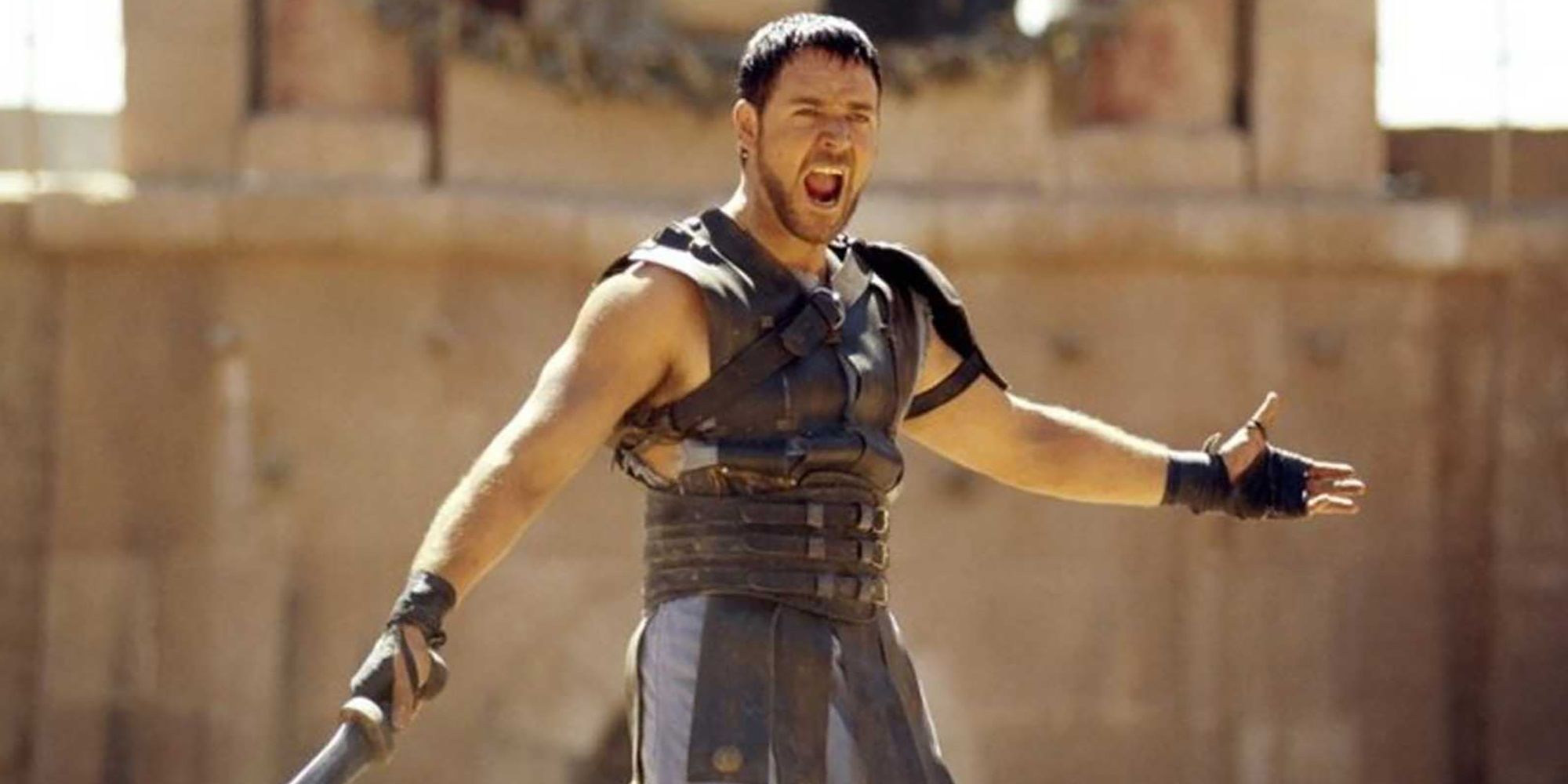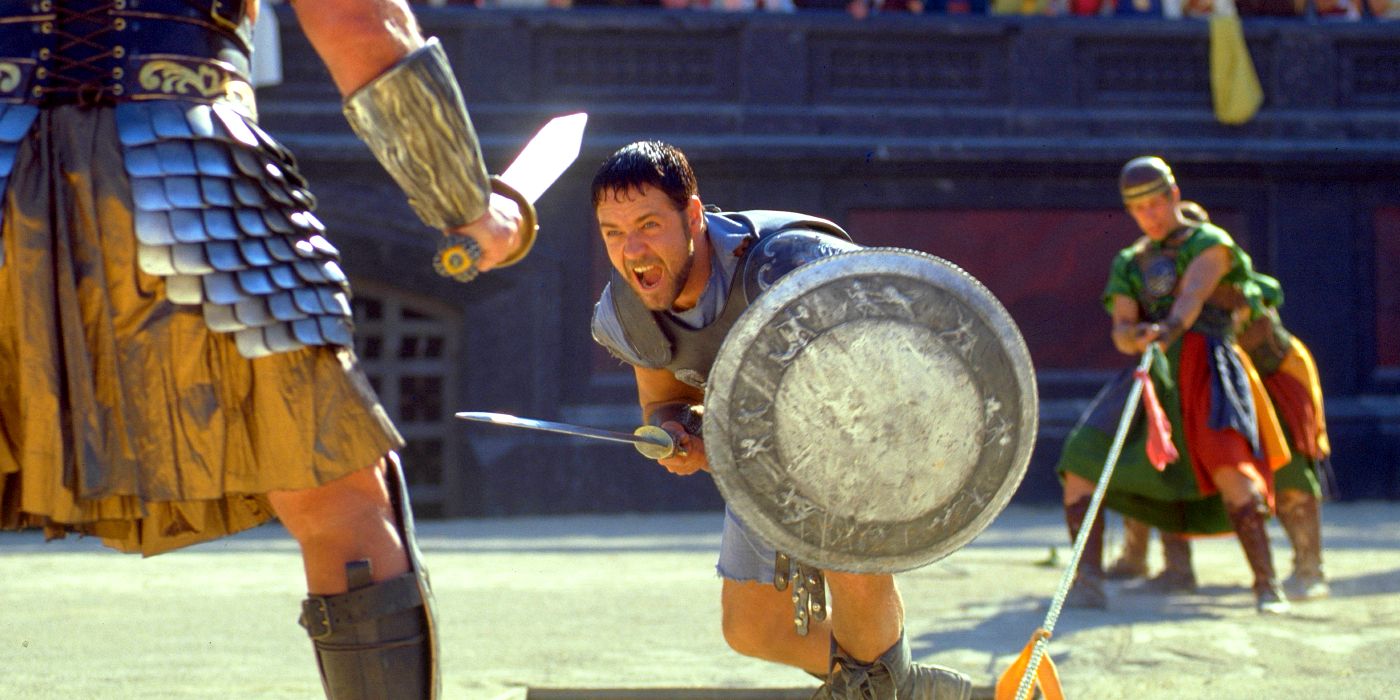Ridley Scott reveals the exact moment he knew that he wanted to direct Gladiator. Released in 2000, Gladiator tells the story of a Roman general named Maximus (Russell Crowe) who is betrayed by the Emperor's son and sold into slavery, ultimately becoming a gladiatorial warrior. The film was a hit both critically and financially and remains one of the most celebrated films of Scott's prolific career.
Before undertaking Gladiator, Scott was well known for his directorial work on 1979's Alien, 1982's Blade Runner, 1991's Thelma and Louis, and 1997's G.I. Jane, among many others. Since completing Gladiator, Scott has continued to work regularly as both a producer and director with The Last Duel and House of Gucci being his most recent efforts. Although it was released more than twenty years ago now, talk of a sequel to Gladiator has persisted ever since the original film came out. Scott recently confirmed that a script for the film is finally done and that he plans to shoot Gladiator 2 likely following his next film, a Napoleon biopic.
In a recent interview with Deadline, Scott reveals exactly what it was that drew him to Gladiator in the first place. According to Scott, it wasn't the script that interested him, – in fact, he recalls thinking it wasn't very good – but a painting of a violent scene in the Coliseum that accompanied the script that ultimately won him over. Check out Scott's full comment below:
"First of all, I love doing period films. I love the research. I love to create sort of smells of the period. I think what we did with the first Gladiator…I don’t like being critical of other things that have happened before, but I wasn’t the biggest fan of Hollywood Roman epics, honestly. They felt artificial and so, when I was asked to consider a script, the script was not very good. But the person who gave it to me said, I want to show you one thing, and he picked up an illustration, this is true, it’s called For Those About to Die by Gérôme. He holds it up. It’s a picture of this big painting of the Coliseum, and in the corner there is this guy, about to tuna fork this poor bastard. He’s got this thing in his neck, and he’s looking up for permission to kill. I went, bloody hell, that’s never been done properly before. Never. I said, I’ll do it. He said, 'you will?' I said, yes. 'Did you want to read the script?' I said no, and we went off and hit the ground running around the table, and evolved the new material."
Considering how successful Gladiator, it's fortunate that Scott wasn't just presented with the script and that he saw the painting as well. The painting is actually quite similar, in many ways, to some of the scenes that actually appear in Gladiator. The costumes in the painting, in particular, stand out as clear inspirations. The golden helmets pictured on one group of gladiators appear in the film, as does the blue tunic worn by another. The painting is also quite visceral and bloody, something that Scott definitely carried over while making the violent film.
Scott's comments make clear that Gladiator, as least as audiences know it, almost didn't happen. Had Scott just read the script, it sounds like he probably would've passed on the project altogether. Scott doesn't divulge exactly why the script wasn't to his liking, but it's clear that he eventually reshaped it into the Gladiator movie that audiences have come to know and love. Details regarding Gladiator 2 remain scarce, but, hopefully, Scott is able to rekindle the magic of the first film and create something just as memorable.
Source: Deadline


